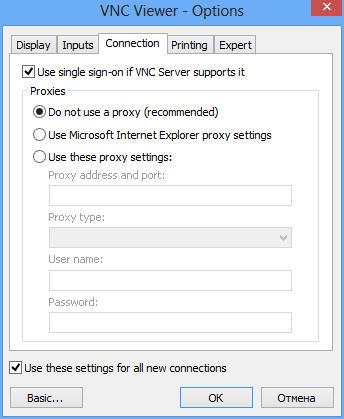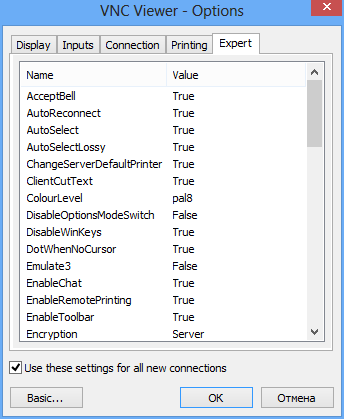

- #VNC 5.0.6 VIEWER ANDROID MAC OS X#
- #VNC 5.0.6 VIEWER ANDROID INSTALL#
- #VNC 5.0.6 VIEWER ANDROID UPDATE#
- #VNC 5.0.6 VIEWER ANDROID UPGRADE#
- #VNC 5.0.6 VIEWER ANDROID FULL#
If you are using Robot packaged as an Mac OS X application and start it from the Mac menu the best option is to create symbolic links to the above libraries. Java -Xmx512m -classpath robot.jar jh.jar activation.jar mail.jar cron4j-2.2.5.jar gson-2.5.jar jna-3.5.1.jar platform-3.5.1.jar JNativeHook.jar "C:\Android Studio\SDK\tools\lib\sdklib.jar" "C:\AndroidStudio\SDK\tools\lib\guavalib.jar" "C:\Android Studio\SDK\tools\lib\ddmlib.jar" "C:\Android Studio\SDK\tools\lib\chimpchat.jar"

Unix/Linux: \tools\lib\sdklib.jar:\tools\lib\guavalib.jar:\tools\lib\ddmlib.jar:\tools\lib\chimpchat.jarįor example if your SDK is installed to C:\Android Studio\SDK the complete Robot start command must look like: MS Windows: \tools\lib\sdklib.jar \tools\lib\guavalib.jar \tools\lib\ddmlib.jar \tools\lib\chimpchat.jar
#VNC 5.0.6 VIEWER ANDROID FULL#
#VNC 5.0.6 VIEWER ANDROID UPDATE#
IMPORTANT: As Java 9 introduced new security restrictions and disabled loading of Java libraries (JARs) on the fly it is necessary to update the class path: The new value should look like: \platform-tools To separate the path from the original value use semicolon, ' '.
#VNC 5.0.6 VIEWER ANDROID UPGRADE#
#VNC 5.0.6 VIEWER ANDROID INSTALL#
It is recommended to upgrade to Robot 5.0.3+ to avoid the manual steps below.ĭownload and install the Android SDK revision 18 or higher on your computer: Start Robot and give its path to the Android Over ADB connection.Download Android SDK Platform Tools for your platform and unzip it on the local hard drive.Download the Android SDK Platform Tools package instead. It is no longer necessary to download the whole Android Studio package and put the JAR files onto the class path. Robot 5.0.3 bundles all necessary JAR libraries from Android SDK. Though Robot can in most cases repair the connection automatically it leads to delays and lower reliability. Automation on Linux (namely Ubuntu Linux which we use for testing) requires to run Robot from the root account and connection to the device is unstable, especially under a high load during test script execution. Though the Android SDK is supported on Windows, Linux and Mac OS X, it is recommended to use a MS Windows host for the automation. The nature of the ADB connection makes this approach suitable for non-intrusive automated testing of Android applications across multiple device types. + Both automatic and manual screen rotation supported (depends on the preferred image encoding) + Fair screen refresh rate for large screen devices Slower screen refresh rate for large screen devicesĭue to lack of image compression in the Android SDK + Good screen refresh rate (see performance ) Support of the Android native keys is subject to + Good support of the Android native keys + No SW installation on the device required Application required on the device (Screen + No SW installation on the device required (Android + VMLite VNC: Network or USB connection required DroidVNC: Network connection required (Wi-Fi) + VMLite VNC: The device doesn't have to be rooted It is easy to set up, fast to start and operate and it requires no SW installation on the device.Ĭompared to automation over VNC (namely VMLite VNC and DroidVNC): Version 5.0.6 introduced a new screen transfer method called Android Mirror. Version 4.2 delivers support of Screen Stream Mirroring (SSM) application driven screen transfer which provides a better option for automation of applications requiring fast screen response such as games etc.

ADB is a tool delivered as part of the Android SDK which provides connectivity to Android devices attached to the USB. T-Plan Robot Enterprise version 3.1 and higher supports automation of Android devices over the ADB (Android Debug Bridge).


 0 kommentar(er)
0 kommentar(er)
